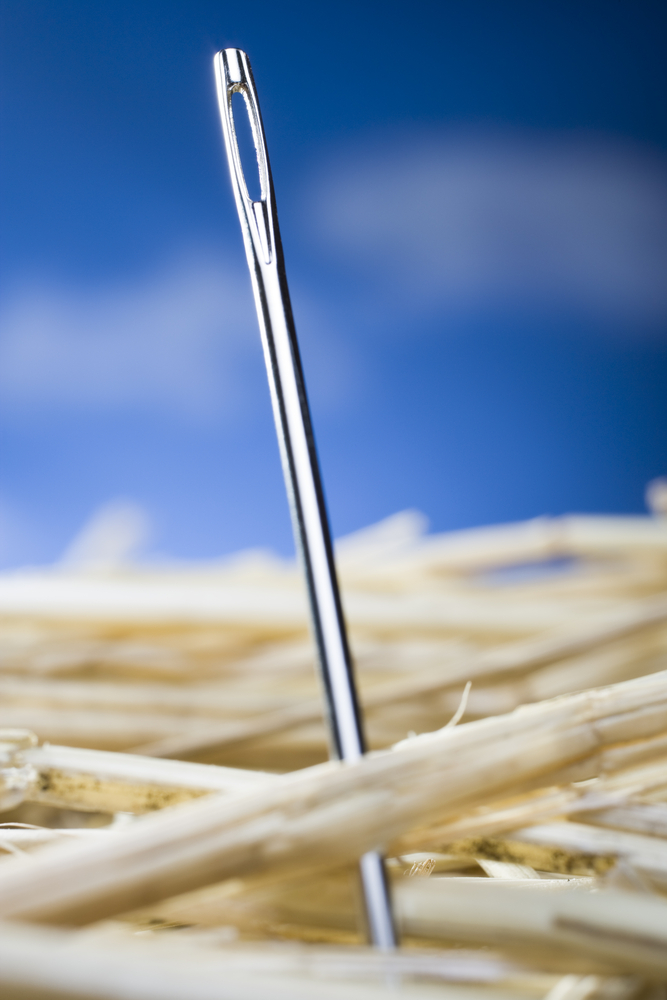
Huge study reveals new 'genetic modifiers' of Huntington's disease
GeM-HD identifies the first solid leads in the hunt for genetic variations that affect Huntington's disease onset

Even though every patient with Huntington’s Disease has a mutation in the same gene, the age at which HD patients develop symptoms varies widely. A global consortium of HD researchers has just published a landmark study of genetic differences between people that might explain some of that variability, producing some tantalizing new targets for drug discovery efforts.
CAG sizes and onset
The mutation responsible for every case of Huntington’s disease was discovered in 1993 by a large international team of researchers called ‘The Huntington’s Disease Collaborative Research Group’. These scientific pioneers discovered a gene that has a repetitive stretch of DNA letters: C-A-G. This repetition is longer than normal in people with HD. Anyone who has 40 or more ‘CAG repeats’ in the gene will develop HD at some point.

The researchers nicknamed the gene huntingtin. (Why? Because scientists like gene names that end with “-in”, like albumin or hemoglobin.)
They quickly realized that HD patients don’t all have the same number of CAG repeats in their mutant copy of the huntingtin gene. The average length in people with HD is about 42, but some are much longer – even more than 100. This turned out to be really important, because on average, people with longer CAG repeats tend to experience HD symptoms earlier in life.
The CAG count is the main thing that explains why different people experience HD symptoms at different ages.
But a nagging mystery persisted: people with the same number of CAG repeats sometimes had very different ages of symptom onset. For example, two people with 42 repeats could develop HD symptoms years or even decades apart.
That means the CAG count isn’t the whole story. It’s also why the CAG count isn’t terribly helpful, in most cases, for trying to predict what age a particular person will get symptoms – for the most part, all we can say is that if it’s 40 or more, HD will develop at some point.
For years, scientists have thought that some of the variation in onset age could be due to genetic differences in genes other than the Huntingtin gene – so-called genetic modifiers.
The search for modifiers
Searching for genetic modifiers has been a long-running interest of Huntington’s disease researchers, and yesterday a massive new study was published describing the biggest genetic modifier study ever conducted in HD.
You can think of these genetic differences between people as ‘nature’s experiments’. Most of these little genetic differences don’t produce any noticeable effects, while others have subtle or not-so-subtle effects on the way the body works. The ones we’re interested in alter things in a way that speeds up or slows down the damage caused by the abnormal huntingtin gene, resulting in symptoms developing earlier or later than expected.
So inside every cell of everyone with HD, nature is effectively running a decades-long experiment! Each person carries their own set of genetic differences, slowly playing out over time, and the outcome of the experiment is whether those differences produce earlier or later symptom HD onset.
“Though they’ve narrowed it down massively, from over 3 billion letters of DNA to just a few thousand, they’re not precisely sure yet which genes are different”
Finding the signal in the noise
The cool thing about genetics is that we already know these differences exist, and modern genetic technologies enable us to find them in a person’s DNA more quickly, cheaply and efficiently than ever.
Searching through someone’s entire DNA code or genome, to look for individual differences that influence a disease is called a ‘genome-wide association study’ or GWAS (pronounced ‘gee-wass’).
The downside of this kind of study is that each of us carries thousands of these little genetic differences that make us unique. But even if a person has really early or late HD onset, it’s impossible to know which of these many genetic differences was responsible for altering the development of their Huntington’s disease in that individual.
But if we look at the DNA of many thousands of people, the truly important differences start to stand out. If a thousand people who share a particular difference all get earlier HD onset, that one bit of DNA they have in common is probably important.
The GeM-HD Consortium
Luckily, clinics around the world have been collecting DNA samples and disease information from Huntington’s disease family members for years – sometimes even decades. A team of very dedicated HD genetic researchers, led by Drs. Jong-Min Lee and Jim Gusella, led a group called the Genetic Modifiers of HD or GeM-HD consortium, to work on this problem.
The team brought together DNA samples from clinical groups and big studies including PHAROS, COHORT, TREND-HD, PREDICT-HD and HD-MAPS. Pooling all these DNA samples resulted in about four thousand HD patients whose DNA and age of onset of HD information were available.
The finding
At the end of this massive, multi-year, effort, the researchers found just what they were looking for. Differences in at least two, and likely three, regions of DNA were firmly linked with an earlier or later onset of Huntington’s disease.

For example, people with one of these tiny genetic differences were found to experience HD onset six years earlier, on average, than we would predict from their CAG size. Another difference in a neighboring bit of DNA had the opposite effect – it led to about a year-and-a-half delay in symptom onset.
So far the researchers have just identified small regions of DNA that contain these influential differences. Though they’ve narrowed it down massively, from over 3 billion letters of DNA to just a few thousand, they’re not precisely sure yet which genes are changed in the subjects they studied.
It’s as if they’ve examined a massive library and found the right book, but still need to find the exact page that tells us what genetic difference led to these alterations in onset.
The impact
One important outcome of this study is that it proves that the onset of Huntington’s disease can be shifted.
With a little help, nature has shone a bright spotlight on a small list of genes and said, “Hey! if you can make this gene work better or worse, you can change the course of HD!”
If we can identify precisely, what genetic difference led to a six-year hastening of symptoms in HD patients, we could then try to make a drug that would target that gene, or alter its effects in cells, to protect them rather than speed up the onset of HD.
You can be sure that HD researchers are starting look, hard, under that spotlight.
Faulty DNA repair?
The GeM-HD team’s work ended with a clever thought experiment. They have narrowed the hunt down to just ten or so genes that live in the right neighborhood to modify the onset of Huntington’s disease symptoms.

Each of our twenty thousand genes does something different. Some make the enzymes that break down our sugars and produce energy. Others serve as the bookshelves for DNA itself, helping cells read their own DNA code.
Are there any common functions among the ten or so genes that might contribute to hastening or slowing HD onset? In fact, yes, the researchers noticed that a surprising number of the genes living in the right neighborhoods had something to do with repairing DNA.
Our DNA code is so important that cells put in a lot of work to keep it free from errors. Like everything else our cells do, the instructions for making this DNA-repairing machinery are stored in our genes. And several of those DNA-repair genes are among those that the Gem-HD spotlight has illuminated.
The findings of the GeM-HD consortium team lend weight to an idea that has been around for a while, which is that damage to DNA – especially in the brain – might be part of the process that makes brain cells sick in HD.
The take-home message
This is a landmark study that opens up new avenues of genetic research and drug discovery that are among the most important since the HD gene was discovered in 1993.
Crucially, this breakthrough was only possible thanks to the participation of thousands of volunteers in clinical research studies. It’s an important reminder that participation in research can have benefits beyond what we imagine when we first sign up for a study.
You might be wondering whether these newly identified genetic differences could be tested for in people, to try to predict more accurately when a person with the HD mutation will get symptoms. That’s a theoretical possibility in the future, but we’re not there yet. First we need to nail down the exact genes involved and understand how they alter the course of HD.
Importantly, this study proves that the age of Huntington’s disease symptom onset can be modified. No longer do we have to wonder whether it’s possible to shift the onset of HD, because nature’s experiments have proven that it is.
Now, the challenge is turning these new genetic observations into treatments. Rest assured, researchers will be rushing to pursue these findings as quickly as possible.
Learn more
For more information about our disclosure policy see our FAQ…


